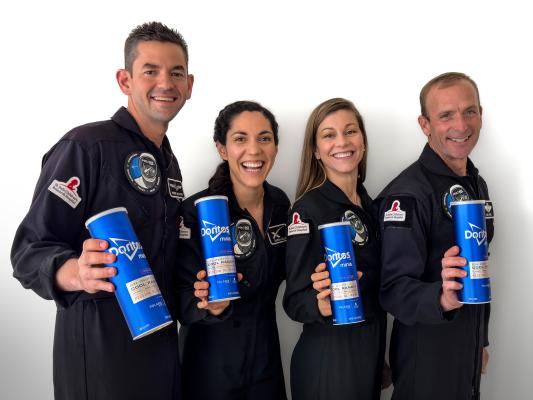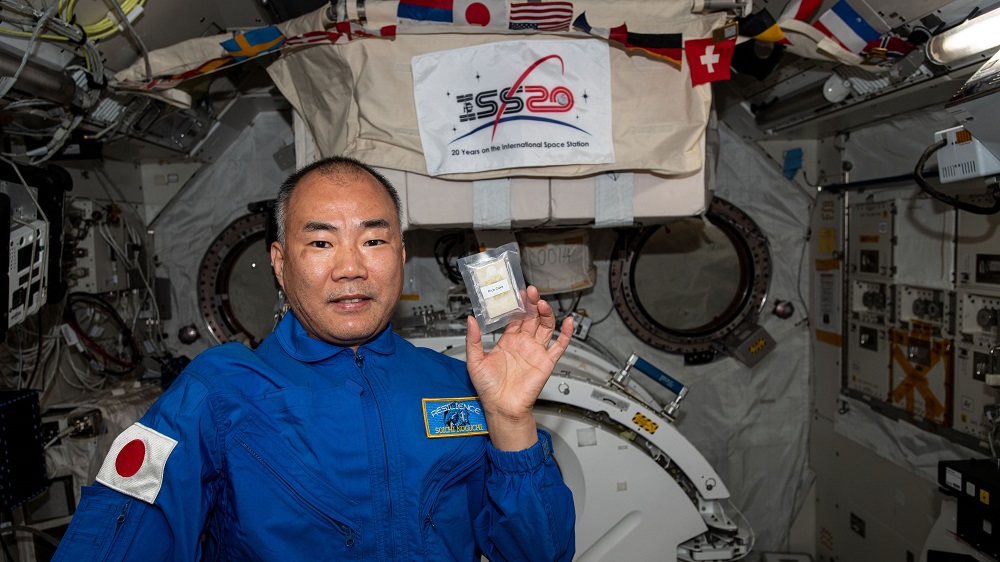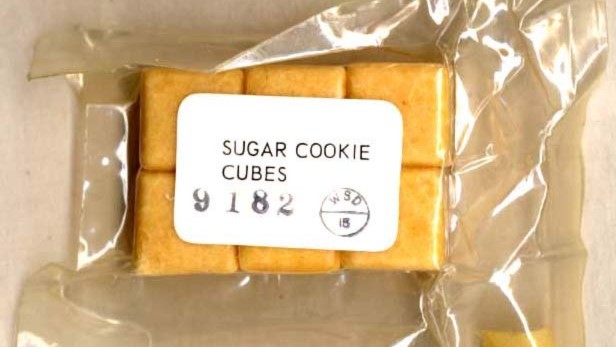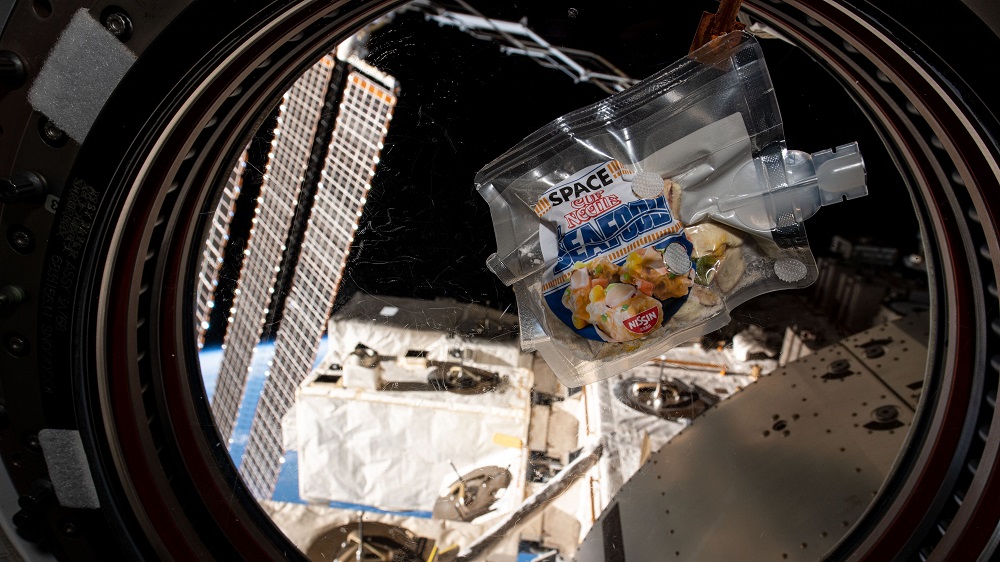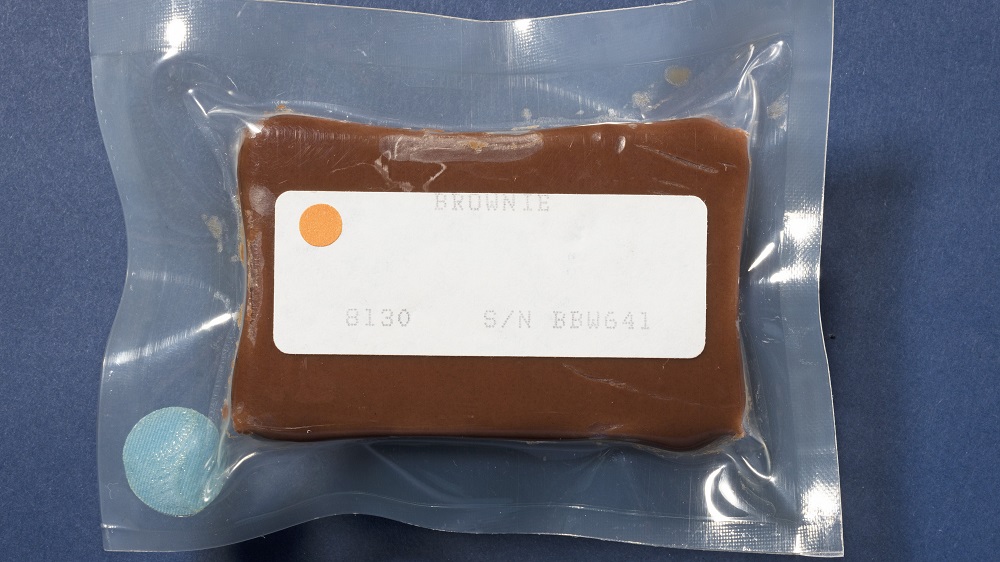Ever wonder what astronauts munch on when they feel like a snack?
M&Ms and other hard candies, chocolate bars, crackers, peanuts and even jubes have been available for decades (and if NASA knew about Smarties, they’d be on the menu, too!).
The Apollo astronauts had home-made trail mix and bite-size sugar cookies on their menu, courtesy of the head of NASA’s Apollo Food Systems team, Rita Rapp.
But corn chips and potato chips (crisps), or any other crumbly or likely-to-shatter snack foods (sorry, Violet Crumble!) have not been on the menu, due to the danger that crumbs or loose “flavouring powder” present to spacecraft systems and the crew.
Chipping away
In the microgravity environment of space, floating crumbs, fragments of chip, or specks of flavouring powder could get into electrical systems and cause a short-circuit, which creates a potential fire hazard.
They can also get into astronauts’ eyes, ears, mouth, throat, or lungs causing irritation and maybe injury.
At last, though, corn chips have made it to space! The recent privately-funded Polaris Dawn mission carried Doritos corn chips specially adapted for weightlessness.
To minimise the possibility of fragments, the corn chips are “mini-sized”, so they can be popped into the mouth and eaten in one bite. Instead of flavouring powder, the corn chips were given their “Cool Ranch” flavour using an oil-based coating. NASA already does something similar with seasonings such as salt and pepper. The salt is dissolved in water and the pepper in a food-grade oil.
The zero gravity corn chips were sent into space packed in special tins to protect them from the rigours of launch.
These space-flown canisters, along with limited-edition terrestrial versions of the space-Doritos will be auctioned to raise funds for the St. Jude Children’s Research Hospital in the United States.
We haven’t heard yet what the space corn chips actually tasted like when eaten in orbit, but weightlessness affects an astronaut’s sense of taste, so perhaps it was a truly “out of this world” experience?
Media gallery
Click the below images of space snacks to read their descriptions.
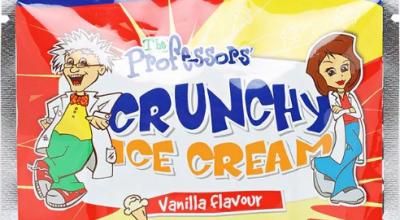
Have you ever tried an Astronaut Ice Cream?
Main image caption: Polaris Dawn crew members with Doritos Cool Ranch Zero Gravity canisters | Credit: Frito-Lay North America

